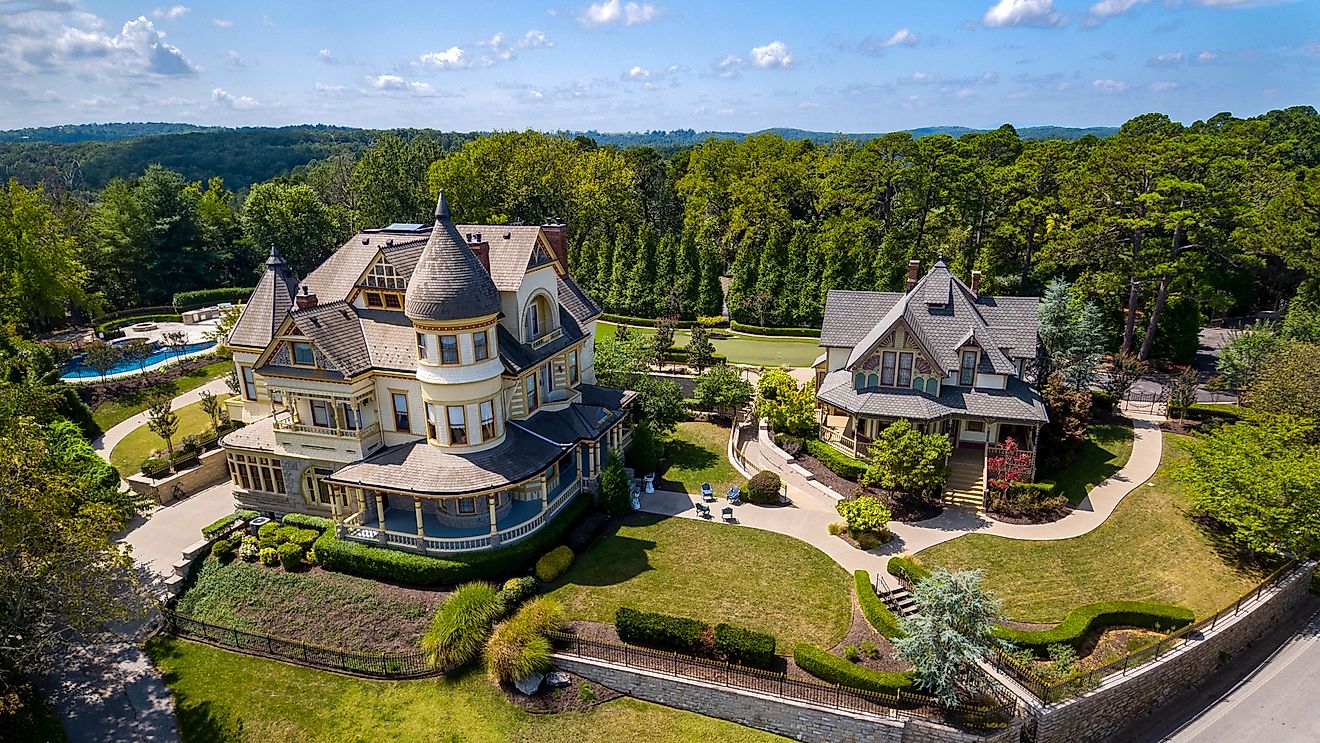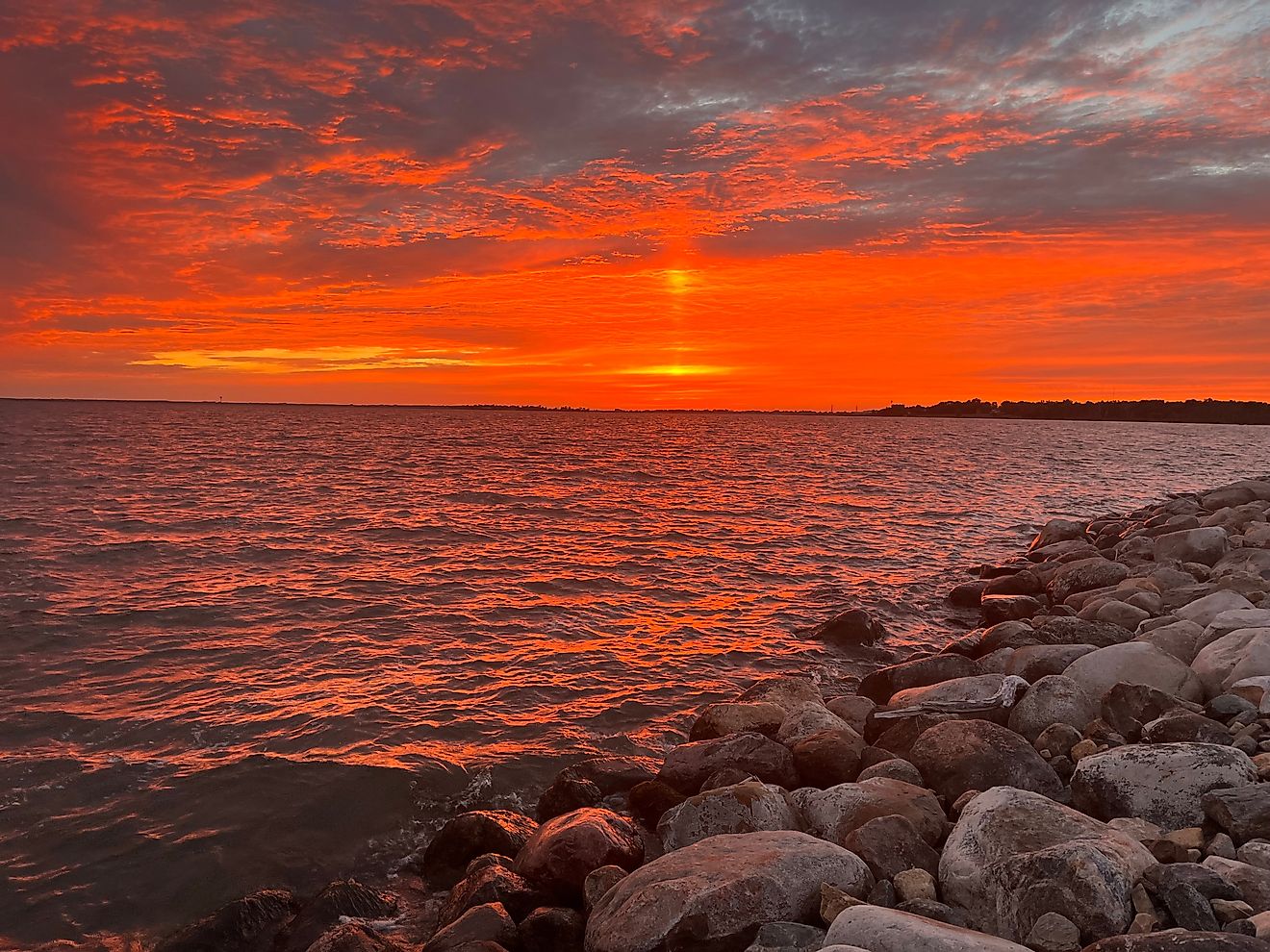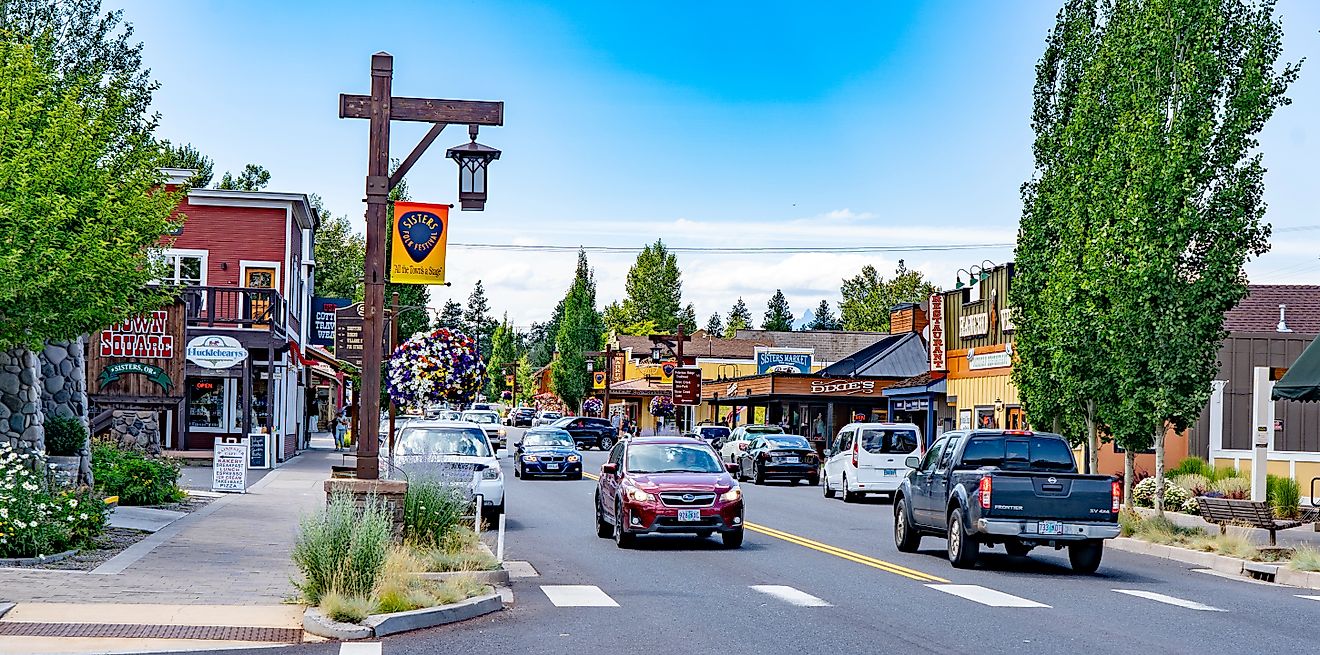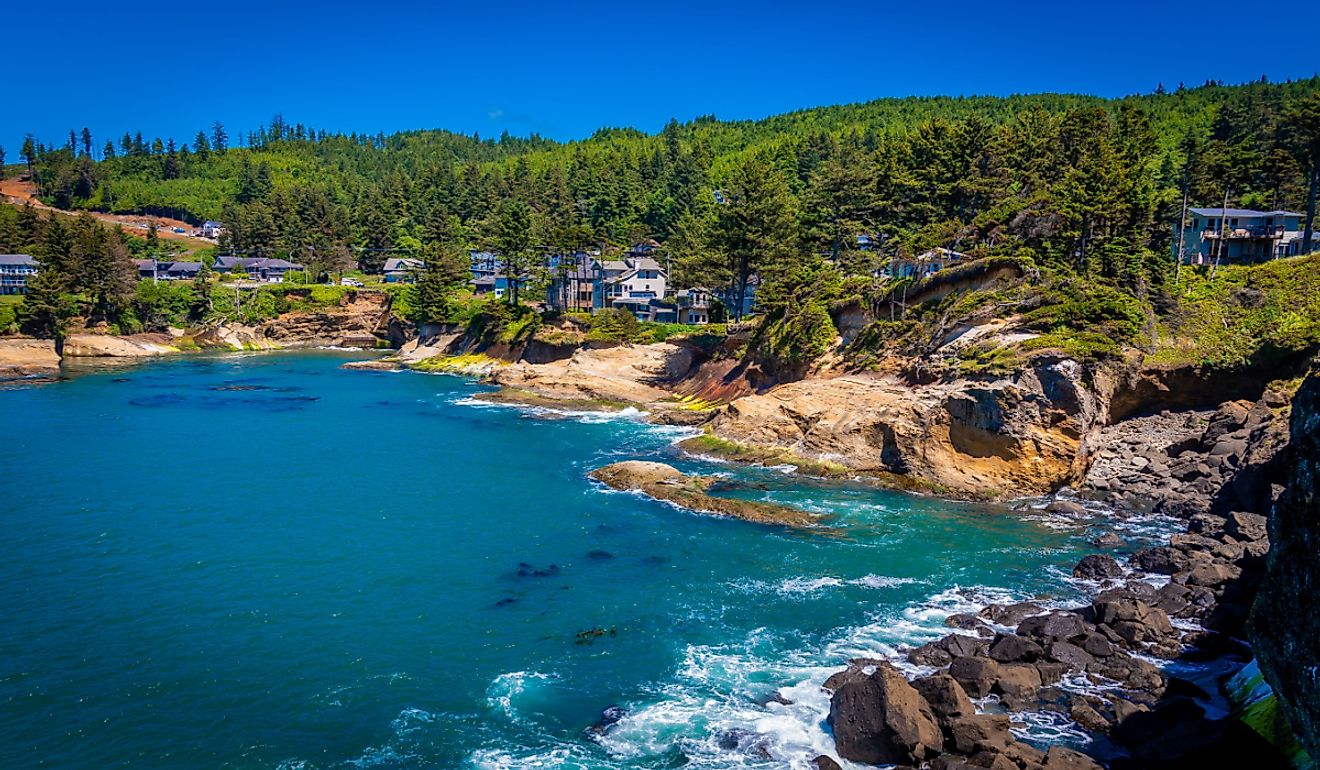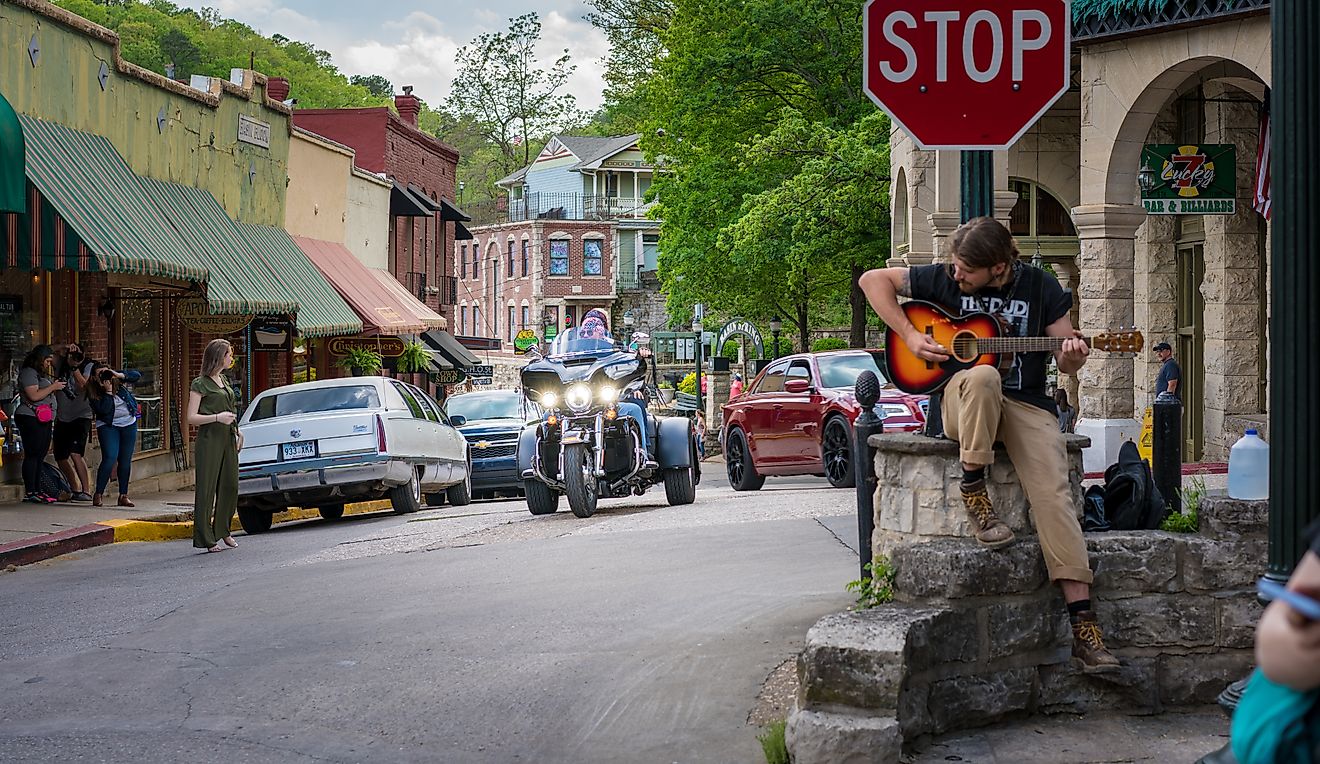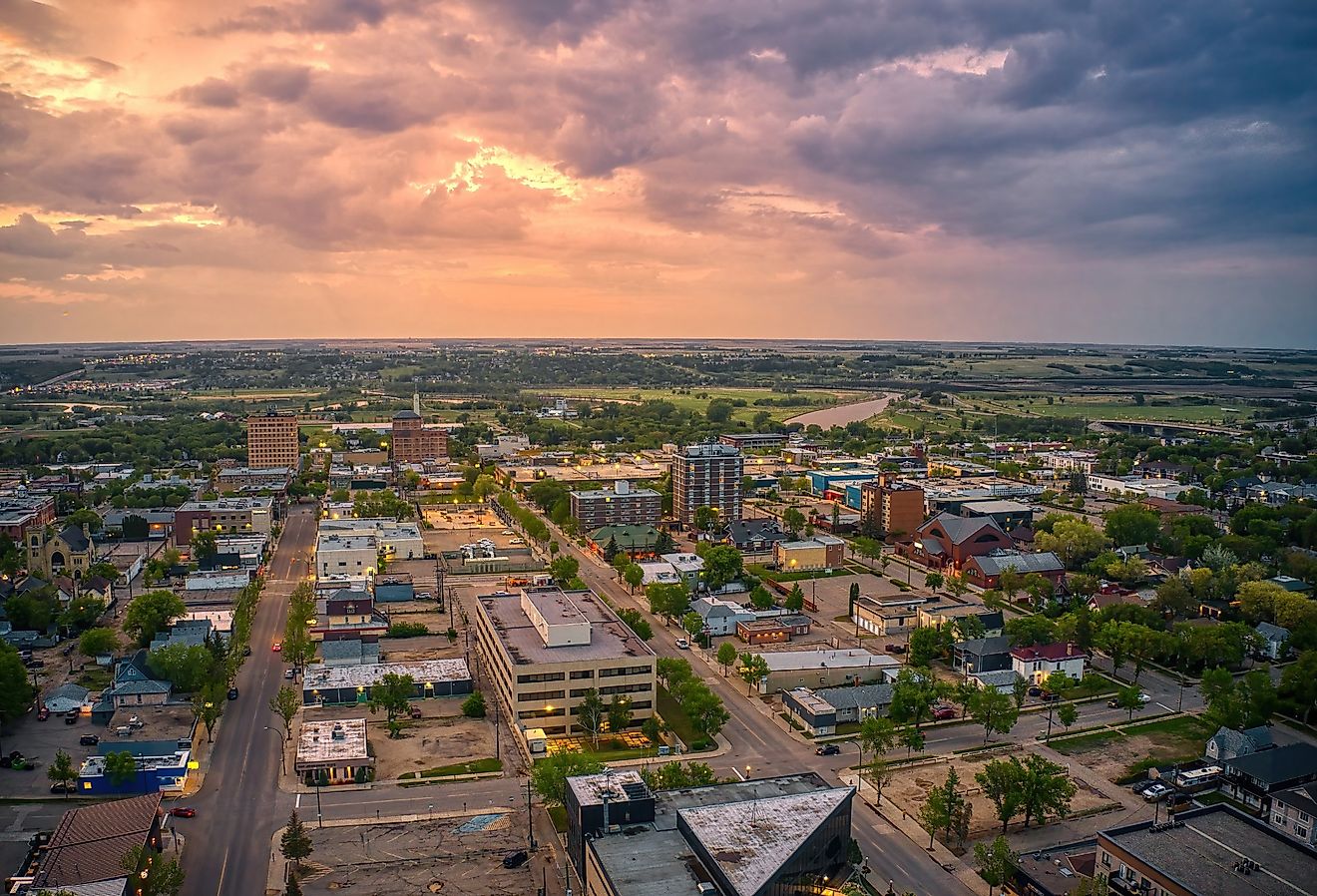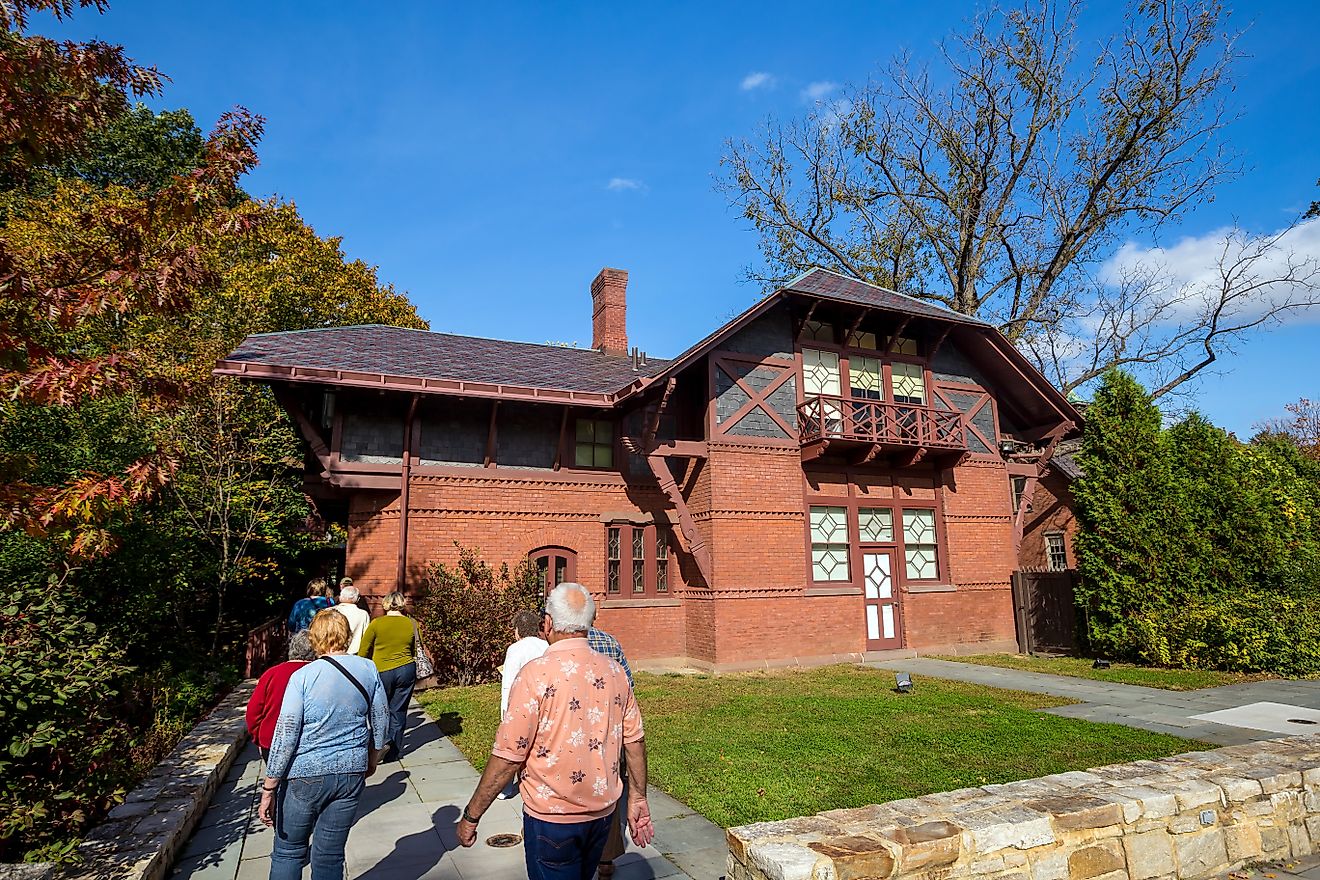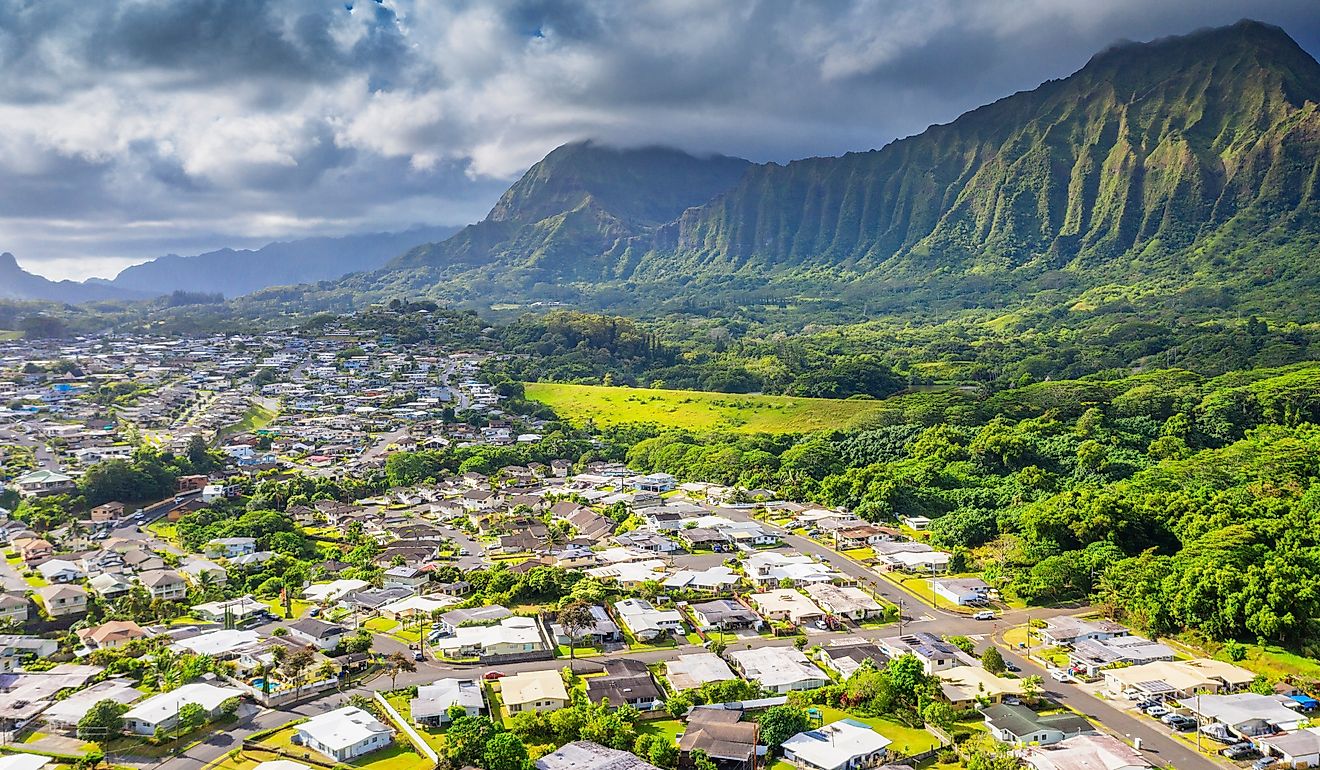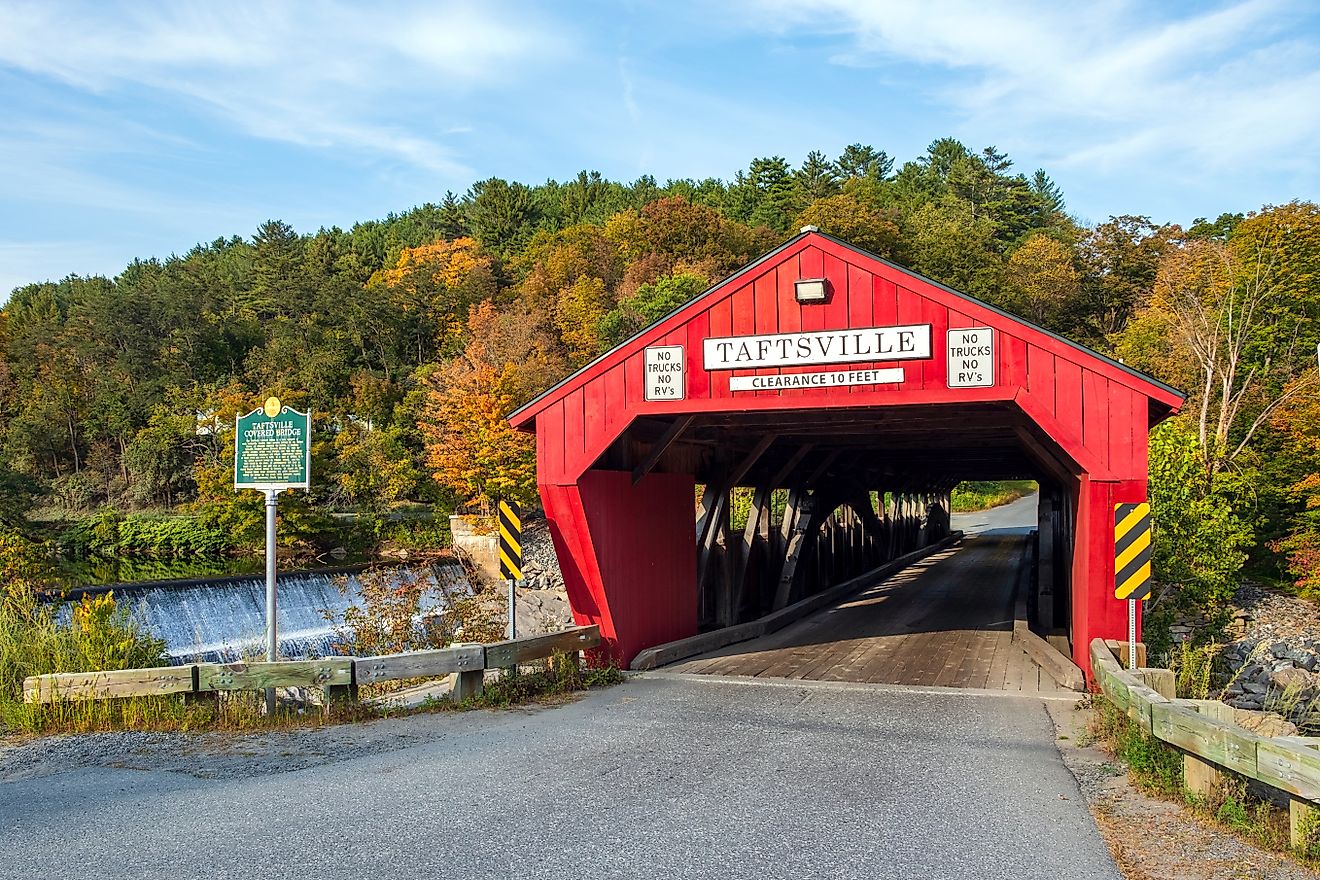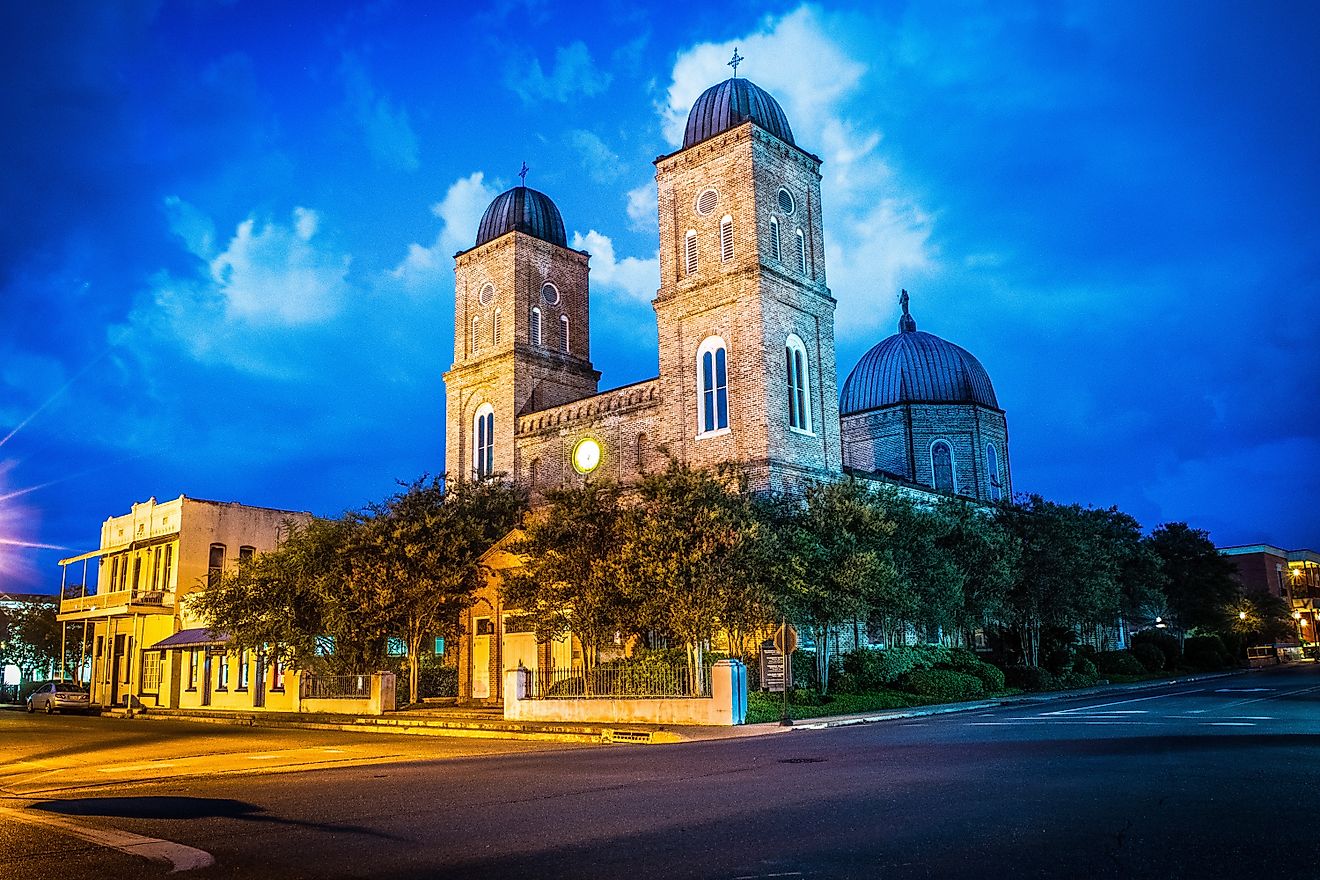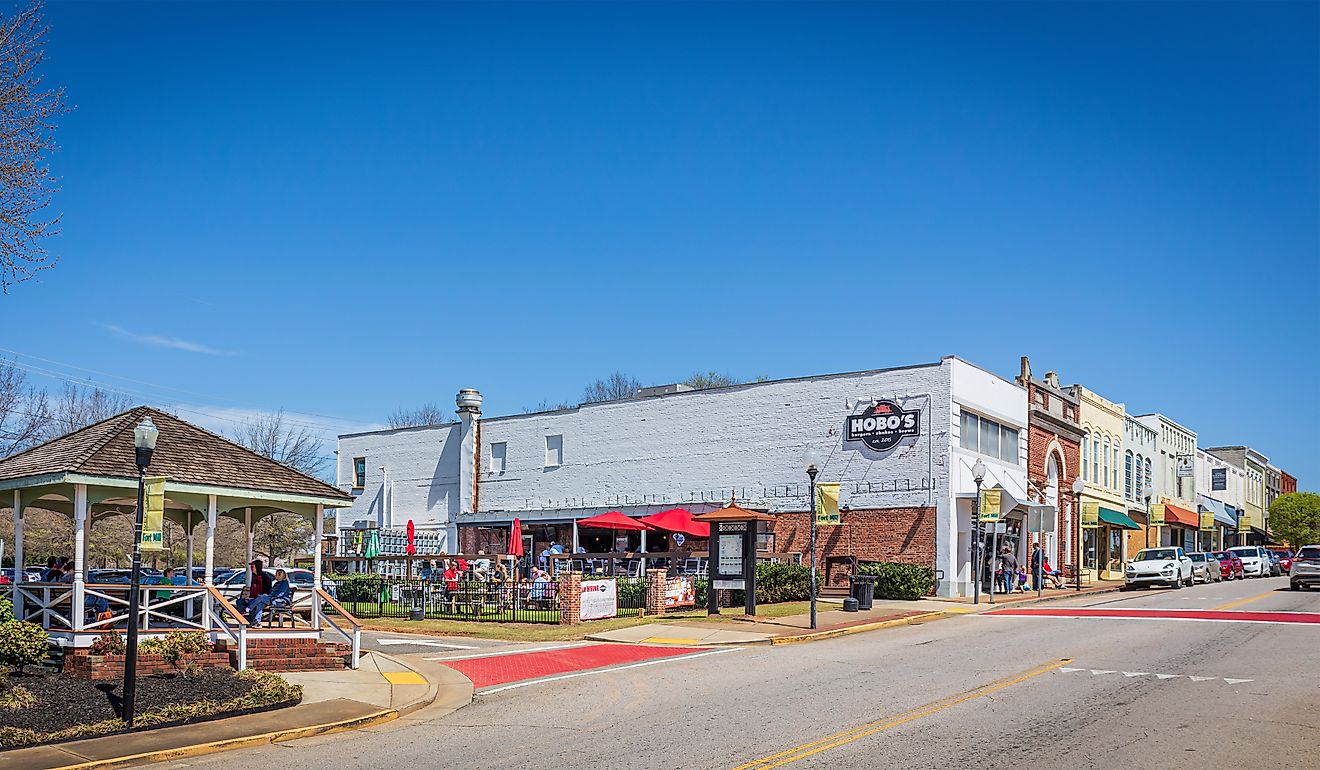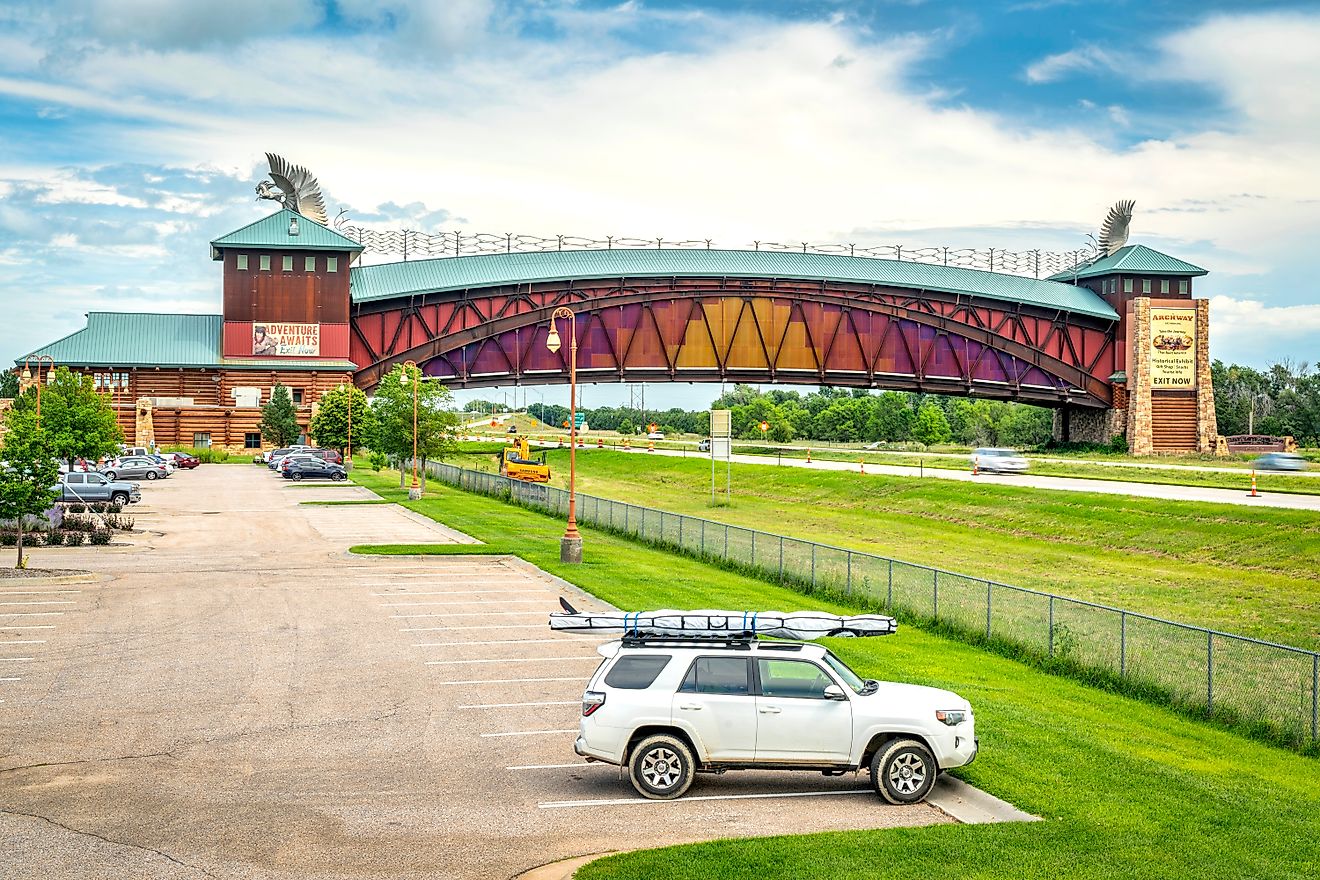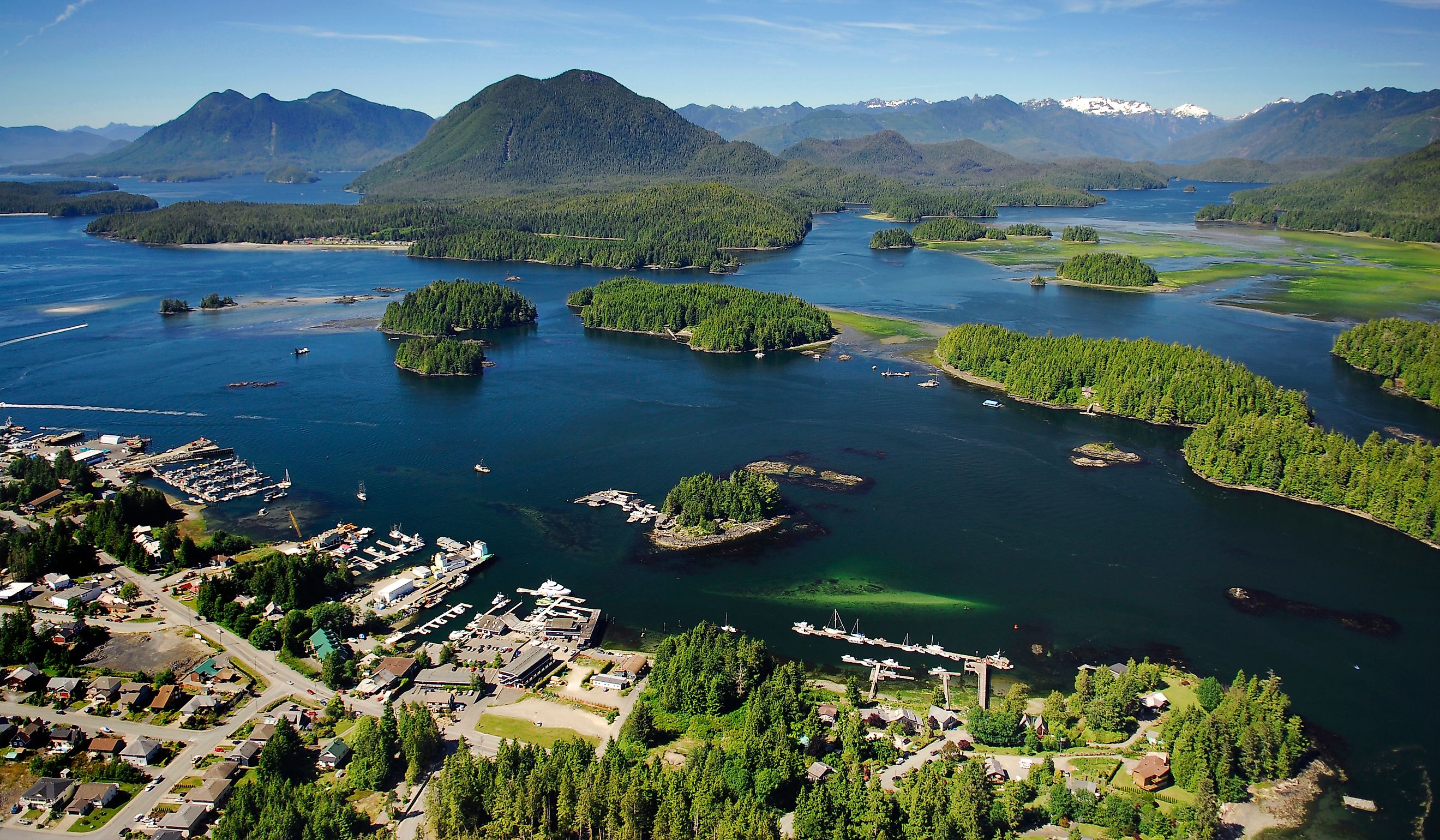
Vancouver Island Is Canada's Rugged Coastal Paradise
Vancouver Island exemplifies life in Canada's far West with its unique cultural mix and wonderful natural sights. Today, let's explore this magnificent Pacific coast island and its many gems, from its expansive parks, its intriguing history dating back thousands of years, and its many inviting communities.
Learn about this iconic destination and see why it has become such a popular draw for tourists since its early days of fur trading and industrial logging.
Geography
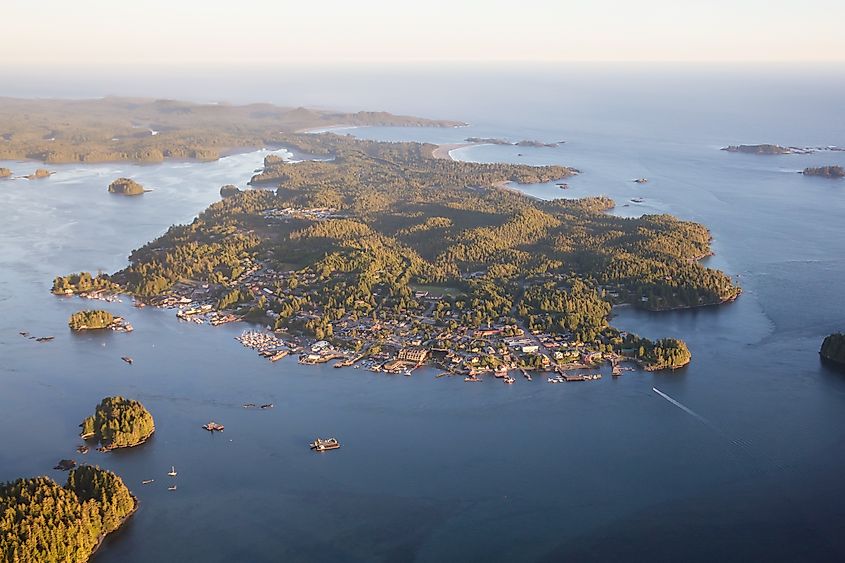
Vancouver Island, the largest island on North America’s Pacific Coast, covers 12,079 square miles of land and stretches 283 miles from north to south. It is separated from mainland British Columbia by the Strait of Georgia, the Johnstone Strait, and Queen Charlotte Strait, while the open Pacific Ocean defines its western edge.
The island’s rugged topography is dominated by the Vancouver Island Ranges, a series of forested mountains that include the 7,201-foot Golden Hinde, its highest peak.
At lower altitudes, Its coastal features can vary dramatically. For example, the east coast has gentler shorelines, sheltered inlets, and fertile valleys, a perfect place for towns and cities, and uncoincidentally supports most of the island’s population. In contrast, the west coast is marked by steep and jagged cliffs, fjords, and remote beaches, shaped by the full force of the Pacific's powerful waves.
In terms of freshwater, the interior is home to numerous rivers, such as the Campbell and Nimpkish, which carve through and find their way to the ocean, while glacially fed lakes dot the mountainous landscape.
Temperate rainforests, particularly in areas like Clayoquot Sound and the Great Bear Rainforest, contain some of the world’s oldest and tallest trees, including massive Douglas firs and western red cedars. The island’s varied geography supports a wide range of ecosystems, too, from alpine meadows to coastal estuaries, making it one of Canada’s most ecologically diverse regions.
A Human History of Vancouver Island

Vancouver Island has been home to Indigenous peoples for many thousands of years. Notably, the Coast Salish, Nuu-chah-nulth, and Kwakwaka’wakw nations developed rich cultures here based on fishing, hunting, and trade. Their societies thrived along the island’s rivers and coastline, relying on the abundant resources of the land and sea. Complex social structures, oral traditions, and impressive totem poles reflect the native inhabitants' deep connection to the region up until the modern day, with totem poles in particular still standing out as an iconic symbol of western Canada.
In 1778, British explorer James Cook became the first European to set foot on the island’s west coast. By the early 19th century, the Hudson’s Bay Company had established trading posts, most notably Fort Victoria, in 1843 (the site of what is now British Columbia's capital). The island became a British colony in 1849 and later merged with British Columbia in 1866. The late 19th and early 20th centuries saw the rise of logging, fishing, and mining industries, drawing more European, Canadian, and American settlers to the island.
Today, Vancouver Island balances economic development with conservation efforts in its vast parklands, a massive draw for its tourism industry. Victoria, the provincial capital, remains a vital cultural, economic, and political crossroad on the island, while other cities and towns, like Nanaimo, Port Alberni, Langford, and several others, are spread throughout.
Notable Towns and Cities
This large island is home to about 864,000 residents, with the vast majority of them living in the capital city and its surrounding metro area. Here are a few of the most important human settlements on Vancouver Island.
Victoria
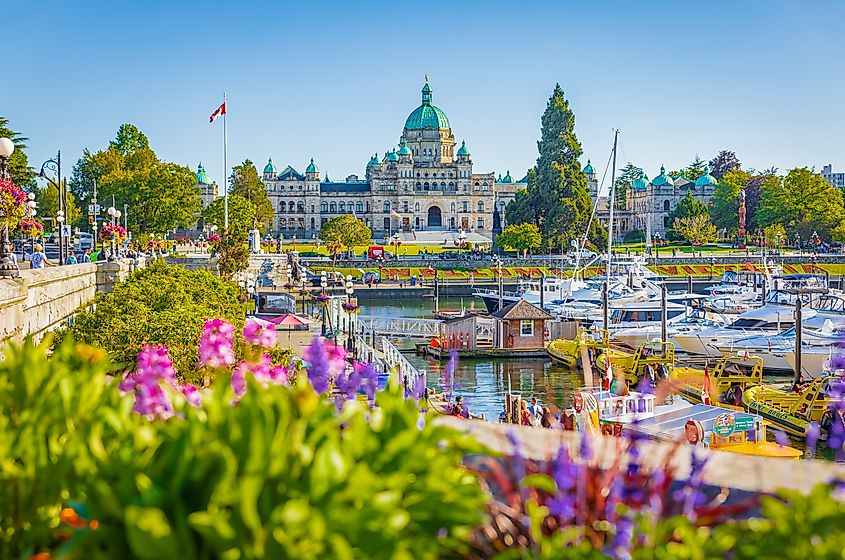
Victoria, the capital of British Columbia, sits near the far southern tip of Vancouver Island. Founded as a Hudson’s Bay Company fort in the early 1840s, it grew into a key Pacific trade hub and remains the island’s largest city.
Its Inner Harbour serves as the focal point downtown, surrounded by key historic landmarks like the Parliament Buildings and the Fairmont Empress Hotel. Moreover, the Royal BC Museum is a great place to learn about the region’s longstanding Indigenous and colonial history, while Butchart Gardens showcases world-class horticulture in this highly fertile part of the country.
Victoria’s mild climate supports year-round outdoor activities, from simple waterfront walks to cycling the Galloping Goose Trail and exploring the nearby mountains. The city also has a thriving arts scene, with numerous galleries, theaters, and festivals, like the Winter Arts Festival held every February.
Nanaimo
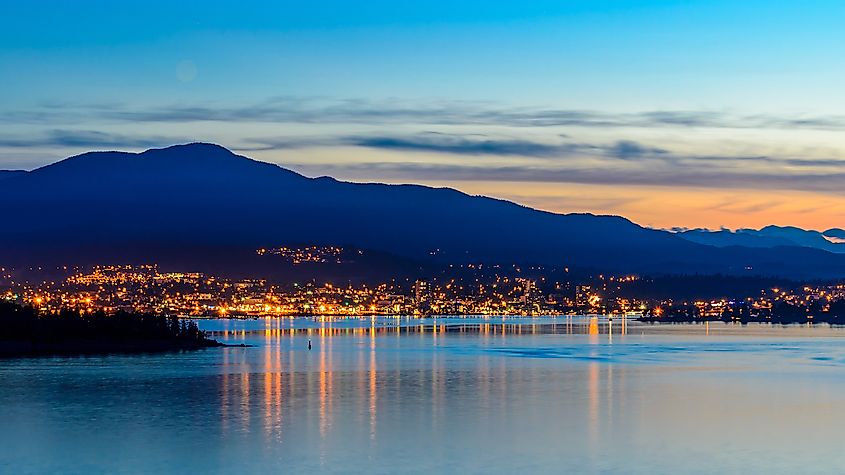
Nanaimo, located on Vancouver Island’s east coast, is a major port city known for its waterfront, historical importance, and abundant outdoor recreation. Originally a Snuneymuxw First Nation settlement, it later became a coal mining community with the arrival of non-native settlers in the 19th century under the Hudson’s Bay Company.
Today, Nanaimo’s Harbourfront Walkway and downtown district are huge tourist draws to the area, with destinations like the Nanaimo Museum and the Old City Quarter, a vibrant neighborhood filled with interesting shops, restaurants, and other fun amenities.
This city also provides access to nearby Gabriola Island, the Gulf Islands, and New Castle Island, while inland, landmarks like Mount Benson offer locals and visitors hiking trails and gorgeous viewpoints.
Tofino

Moving onto Vancouver Island’s remote west coast, the town of Tofino is known for its wild coastline, ancient rainforests, and world-class surf. Once home to the Nuu-chah-nulth peoples for thousands of years, it later became a fishing and logging outpost before evolving into the ecotourism destination it is today.
A number of small islands surround the town, one of which contains Vargas Island Provincial Park, where some of the region's best trails, beaches, and natural biodiversity can be found. Furthermore, Long Beach attracts surfers year-round, while nearby Clayoquot Sound, a UNESCO Biosphere Reserve, draws kayakers, whale watchers, and wildlife enthusiasts alike.
Vancouver Island's Best Parks and Natural Landmarks
With its huge swathes of untouched wildlands and relatively small population, Vancouver Island is home to a number of Canada's most memorable and most remote parks. Here are just a handful of the parks you can find here that are definitely worth checking out if you have the time.
Pacific Rim National Park Reserve

Pacific Rim National Park Reserve spans Vancouver Island’s wild west coast, encompassing rainforests, rugged shorelines, and diverse marine ecosystems, most of which can be explored by visitors.
Divided into three sections—Long Beach, the Broken Group Islands, and the West Coast Trail—the park offers a range of memorable outdoor experiences. Long Beach attracts surfers and beachgoers, while the Broken Group Islands provide a more secluded area for boaters. The 47-mile West Coast Trail, originally a rescue route for shipwreck survivors, challenges hikers with its dense forests, ladders, and river crossings.
Home to a healthy population of bears, sea otters, and gray whales, the park remains a prime destination for wildlife lovers and outdoor adventurers alike on the island.
Goldstream Provincial Park
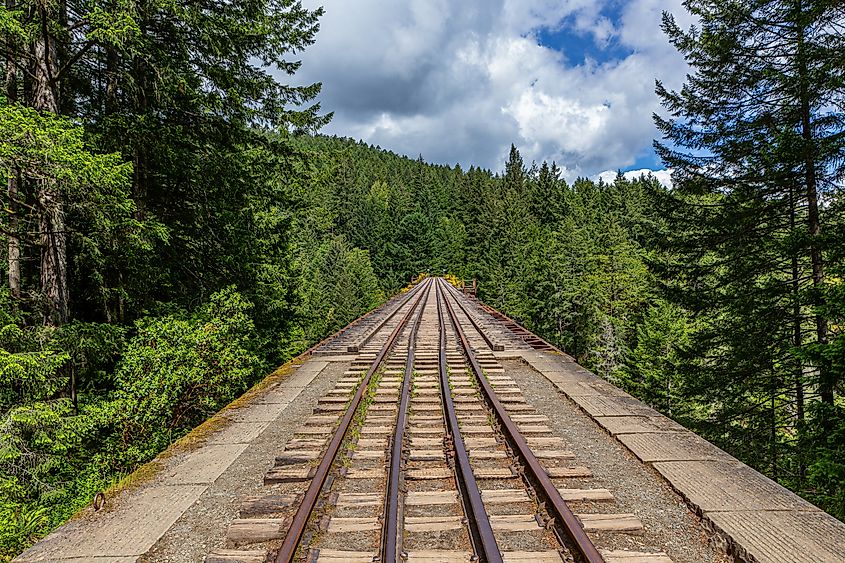
Goldstream Provincial Park, just outside Victoria, is highly attractive to many for its old-growth rainforest, waterfalls, and seasonal salmon run. Rich in wildlife and natural beauty, the park serves as both a recreational area and an important ecological reserve, making it a popular escape near the city.
Here, towering Douglas firs and western red cedars line trails leading to Niagara Falls, a 156-foot cascade hidden in the forest, while The Goldstream River is the site of a major salmon migration each fall, attracting hungry bald eagles and nature enthusiasts to the same spot!
The park's hiking routes range from easy walks to the challenging climb up Mount Finlayson, which provides panoramic views of southern Vancouver Island.
Rathtrevor Beach Provincial Park
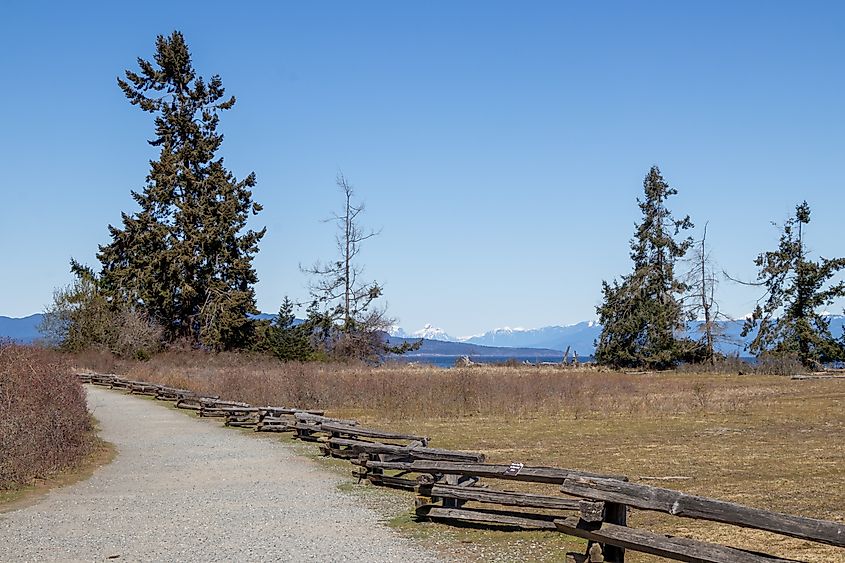
Rathtrevor Beach Provincial Park sits near the town of Parksville and is home to an expansive sandy shoreline and shallow, warm waters. At low tide, the beach stretches nearly a kilometer into the Strait of Georgia, creating ideal conditions for beachcombing.
The park’s coastal forests, filled with gigantic fir and arbutus trees, also provide you with gorgeous walking and cycling trails. Birdwatchers in the park often spot eagles, herons, and migratory shorebirds, making it a hot spot for the hobby on the island.
A popular destination for camping and picnicking, Rathtrevor Beach is one of Vancouver Island's most visited and accessible public greenspaces.
Cape Scott Provincial Park
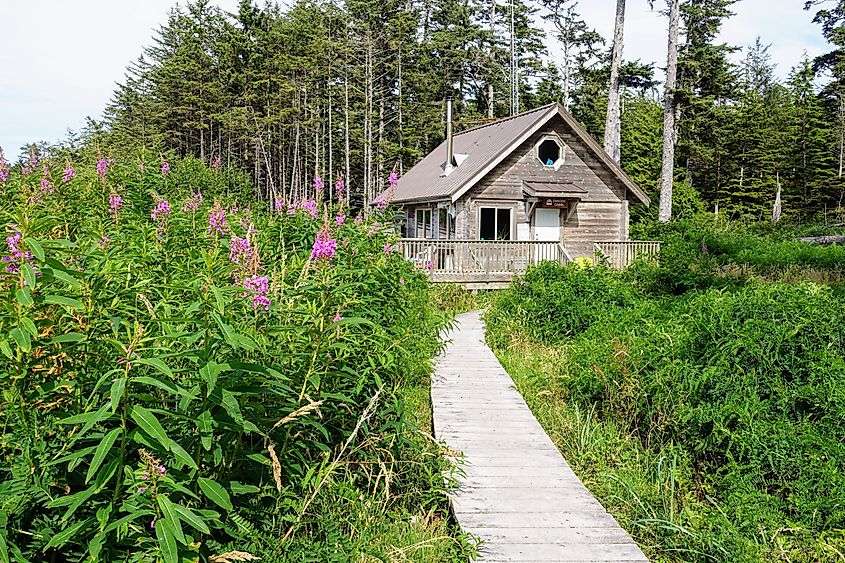
Cape Scott Provincial Park rests at the northern tip of Vancouver Island, making it a unique destination for a remote wilderness experience.
The Cape Scott Trail leads hikers through old-growth forests and across challenging terrain to the park’s iconic coastal beaches, including the expansive Sandwood and Nels Bight.
Despite its isolation, the park is a rewarding destination for those seeking solitude and natural beauty. It’s also home to a variety of wildlife, including both black and grizzly bears, sea otters, and migratory birds, making it a prime spot for nature watching. Just be sure to bring your bear spray along!
Experience All this Pacific Coast Island Has to Offer
Vancouver Island has something for everyone,whether you're seeking out city life or want to escape into its vast forests and mountains. From Victoria to Cape Scott, an adventure awaits in this Canadian Paradise around every corner.
Definitely consider Vancouver Island as your next travel destination, and don't let bad weather get you down (or at least Canada's cold winters), as this coastal region of the country stays temperate year-round; just be sure to bring along solid rain gear!
